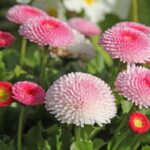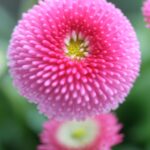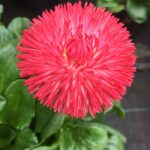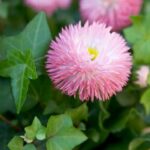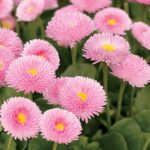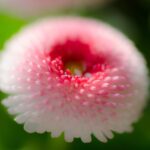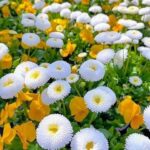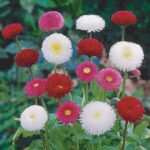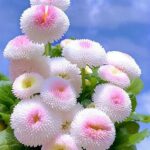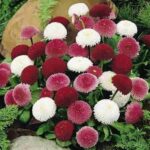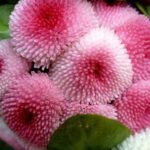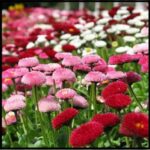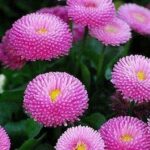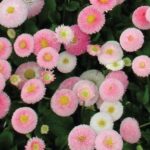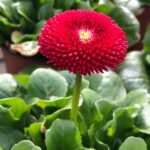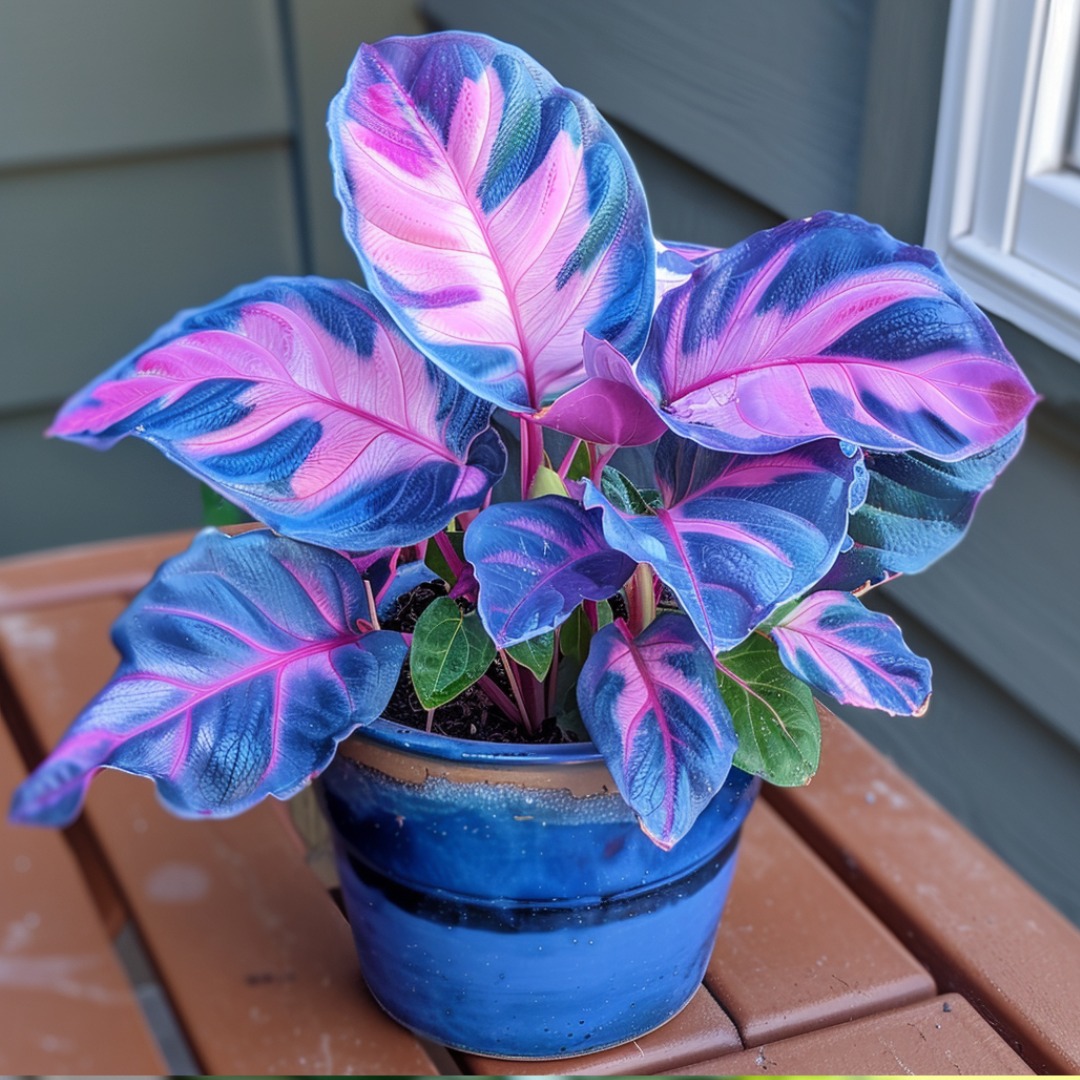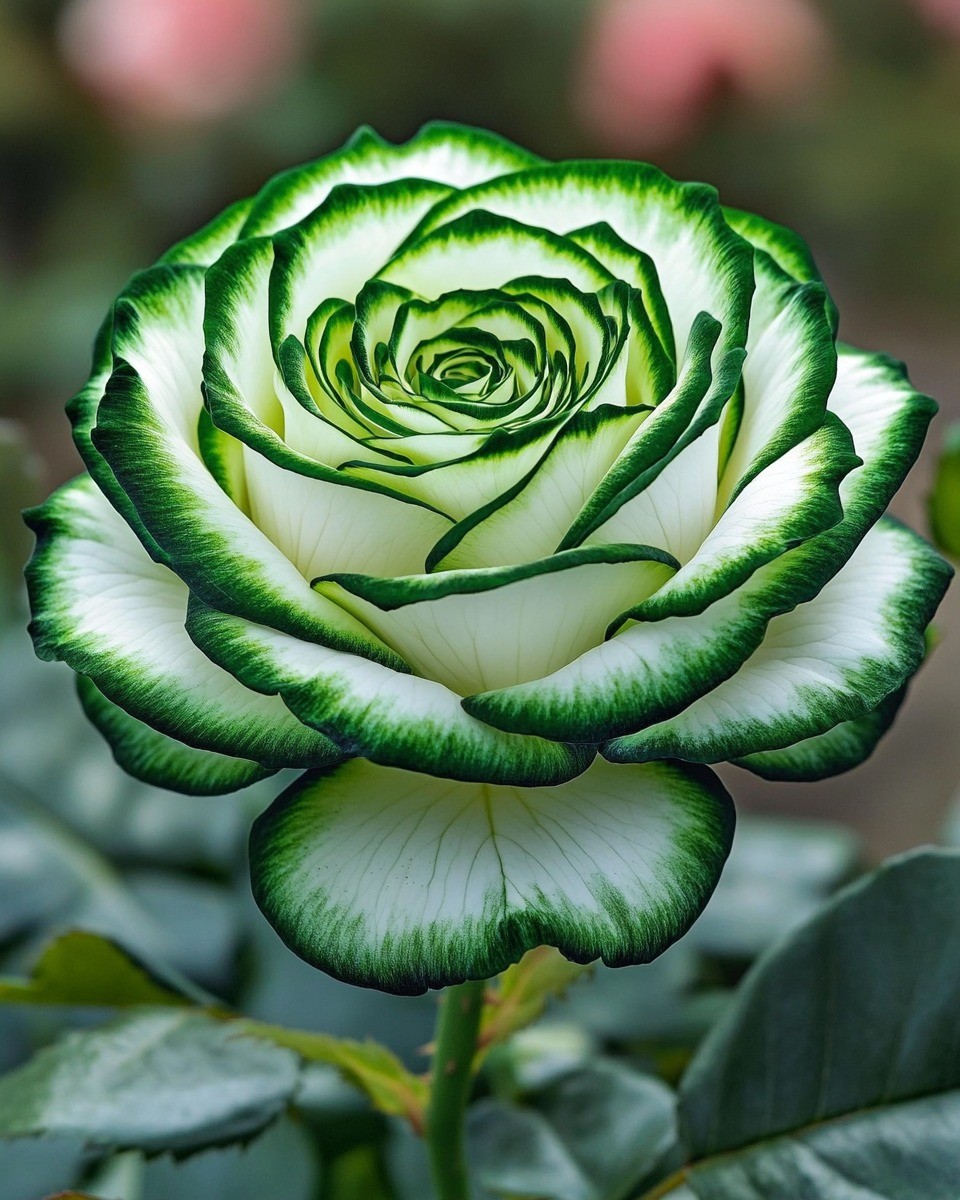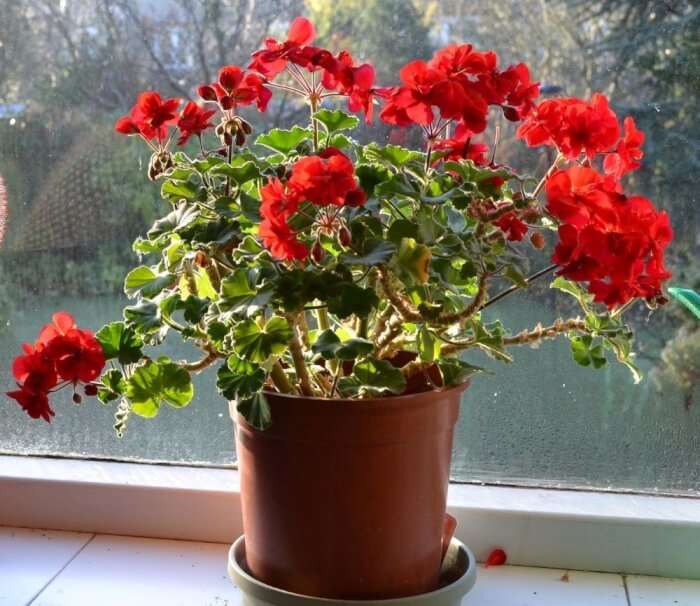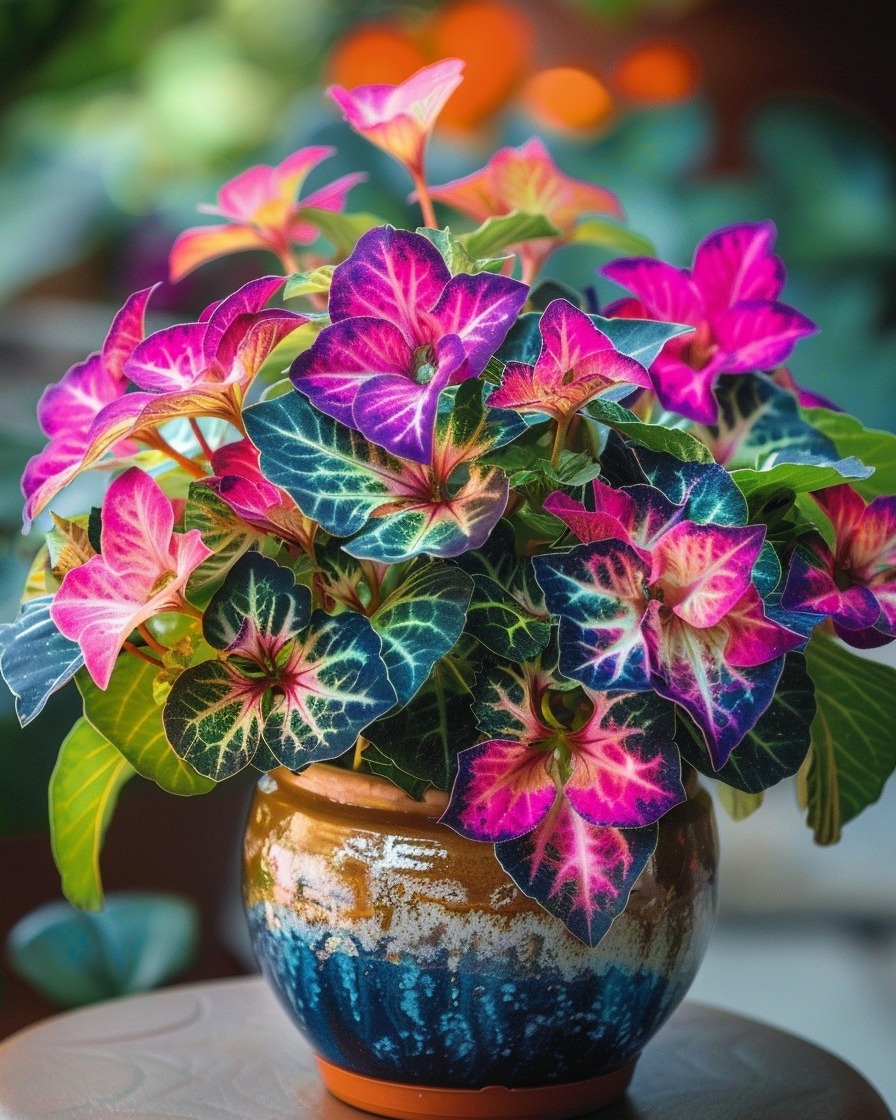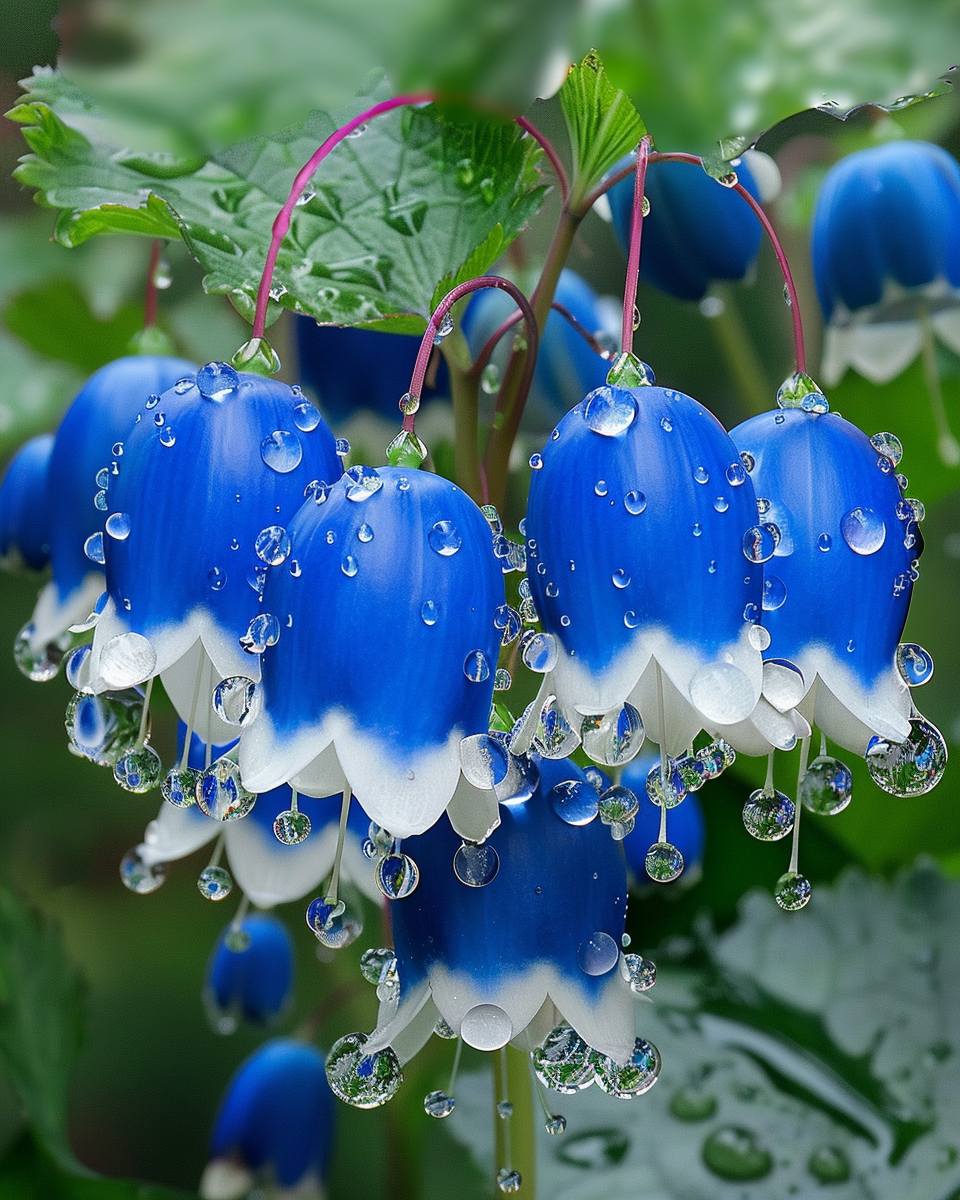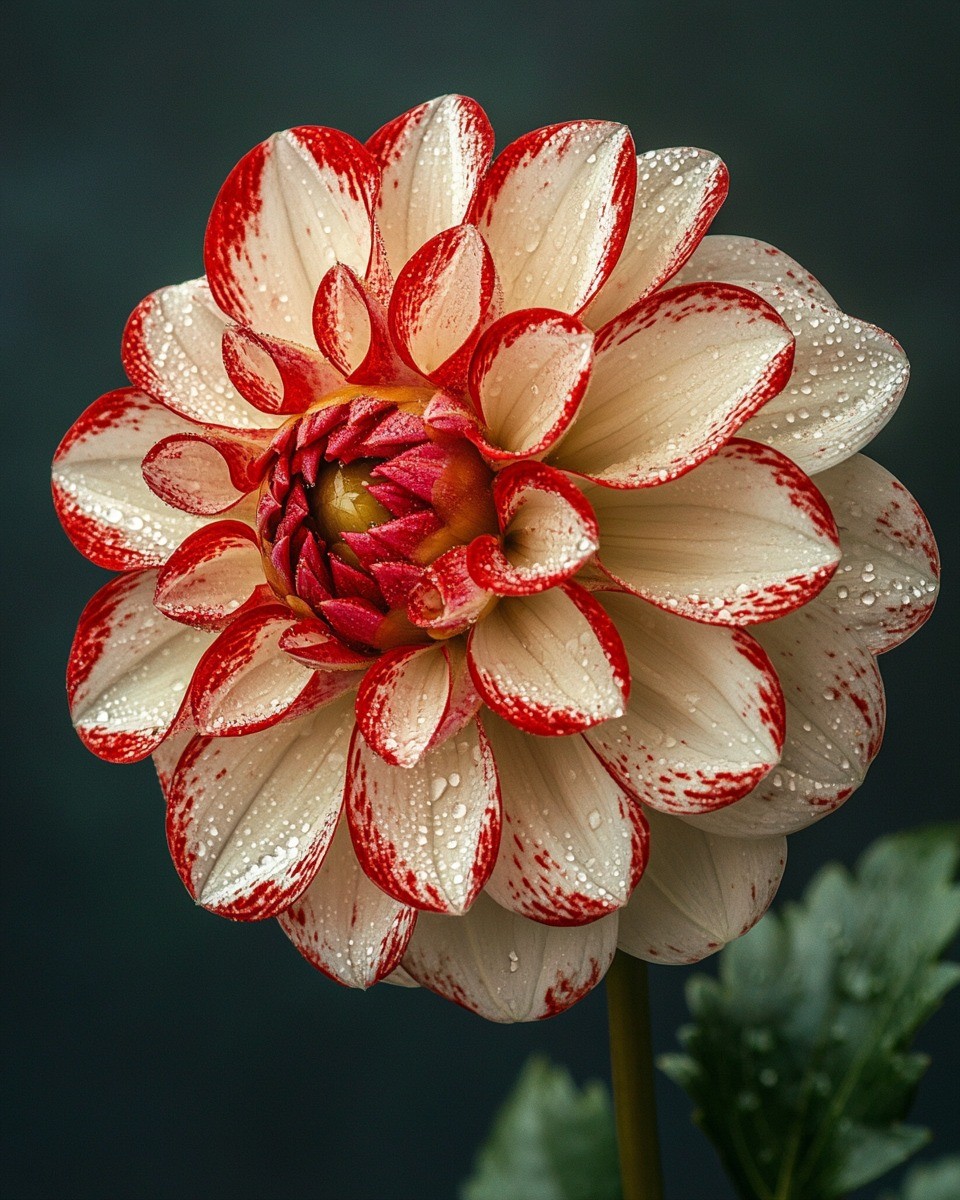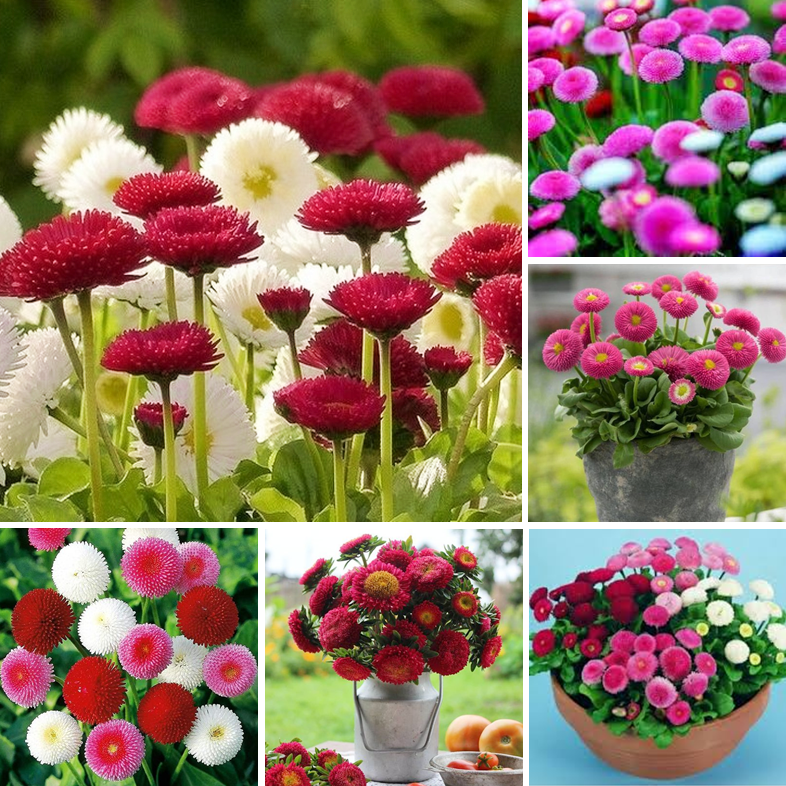
Bellis perennis are closely related to our native daisy. The spring-flowering plant is a popular ornamental and provides colourful spots in the garden. You can read all about planting and caring for Bellis perennis here.
Daisies (Bellis perennis), also known as bellis, belong botanically to the daisy family (Asteraceae). Bellis is native to almost all of Europe and prefers to grow in meadows and pastures with nutrient-rich, well-drained, moist, loamy soils. Strictly speaking, the colourful, large-flowered bellis is the cultivated form of the daisy. These are often biennial ornamental plants that have been very heavily cultivated and therefore bear little resemblance to the original wild form. Some varieties have single, small flowers. Cultivated Bellis flowers are usually double. What they have in common, however, are the capitulum flowers typical of composite plants, which grow up to 7 cm in size and are attached to a 15 to 20 cm long stem. The fertile tubular flowers inside are yellow. The ray florets – in the wild form in two rows only – around the outside, can be white, pink, red, purple or variegated. In the first year the plant forms flat leaf rosettes with dark green leaves, followed by flowering in the second year. This extends from early spring in February until late autumn. Pollination is mainly done by insects such as flies and bees. They can also reproduce vegetatively via daughter rosettes. Bellis always orient their flowers towards the sun, just like the sunflower (Helianthus). At cool temperatures and at night the flowers close. This herbaceous spring-flowering plant is ideal for borders, decorative bed edging and for bowls and tubs on balconies and terraces.
Tip: Bellis have very different names depending on the region. They are also known as daisies, Bellis perennis, English daisy, or marguerite. The name “daisy” probably comes from “day’s eye”, because the whole head closes at night and opens in the morning.
Bellis perennis-beautiful planting partners: Also in combination with other spring-flowering plants such as daffodils (narcissus spec.), wild pansies (Viola × wittrockiana), horned violets (Viola cornuta), primulas (Primula spec.) and tulips (Tulipa spec.) add colour to the spring garden.Planting Bellis perennis: When and where?Bellis perennis do well in a warm, sunny or semi-shady position. The plants do not tolerate high summer heat well. The soil should be loamy, humus-rich, fresh and well-drained. Lean garden soil is enriched with compost before the bellis are planted in it. For pot culture, a potting soil such as our Plantura Organic Flower Compost is best suited. The peat-free soil contains, among other things, quality compost, coconut and wood fibres as well as crushed expanded clay and thus excellently meets the requirements of the Bellis perennis.

